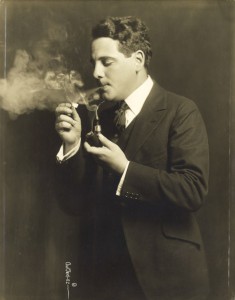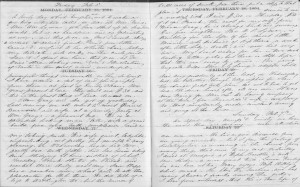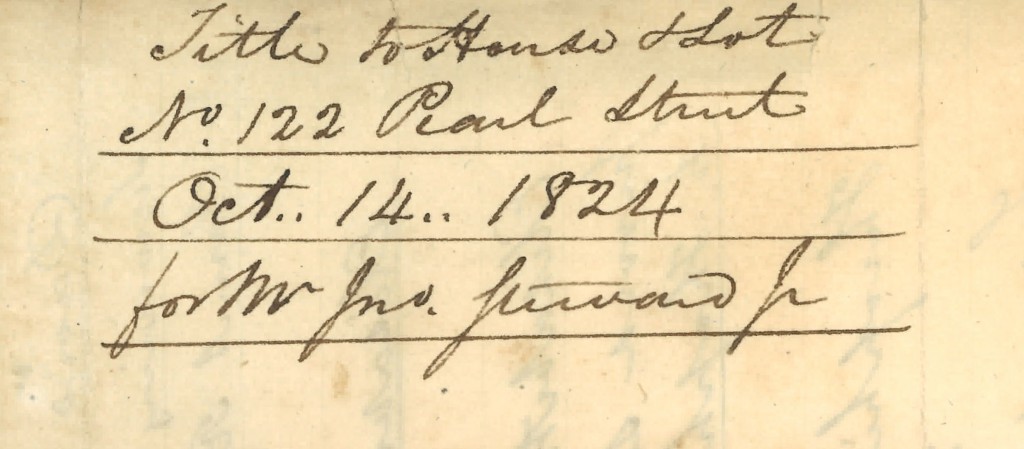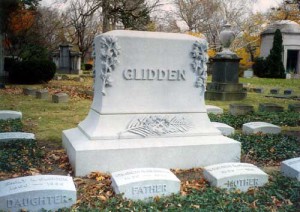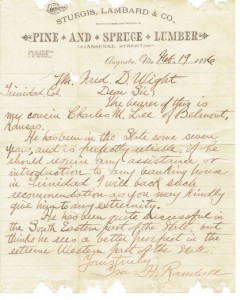
Perhaps more than any other event, the introduction of photography altered how individuals were memorialized and are remembered. While portraits have been produced for thousands of years, photographic images were first introduced about 1838 and the first known photograph to contain people was produced between April and May of that year.[1] This photograph is of the Boulevard du Temple in Paris, and due to the long exposure time of about ten to twelve minutes, all people in the photograph moved and avoided being captured in the image, with the exception of a man having his shoes shined who remained still for the length of the exposure.[2] Continue reading The introduction of photography

